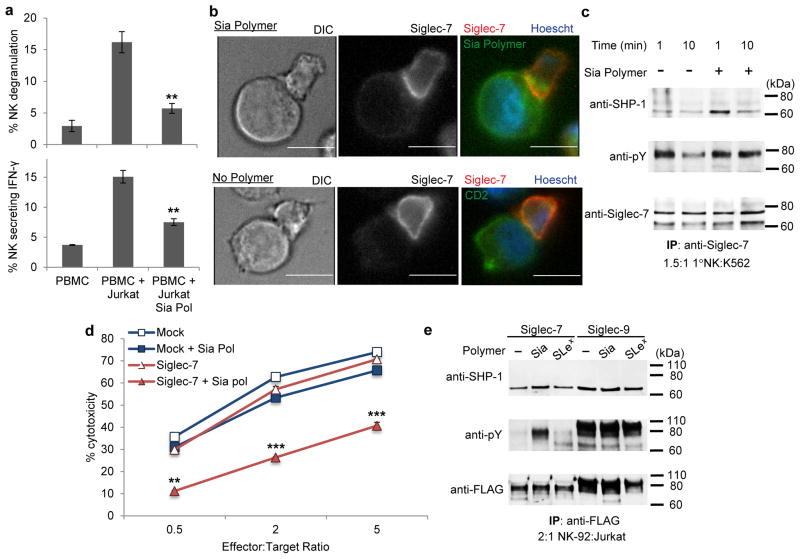Figure 4. Siglec-7 provides a strong NK inhibitory signal in response to a sialic acid glycopolymer.
(a) PBMC was incubated with Jurkat cells at a 1:1 effector to target ratio. CD107a and IFN-γ were detected by antibody labeling and reported as % positive on gated CD56+ cells. (b) Siglec-7 displayed recruitment to the NK synapse in fluorescence microscopy of NK-Jurkat target cell conjugates labeled with AF488-Sia polymers. Scale bars, 10 μm. (c) Western blot analysis of Siglec-7 activation. NK cells were incubated with K562 cells with or without Sia polymer and lysed at the indicated times followed by anti-Siglec-7 immunoprecipitation. An increase in SHP-1 recruitment and prolonged Siglec-7 phosphorylation was seen in NK cells treated with Sia polymer-coated K562 cells but not with untreated targets. (d) NK-92 cells were retrovirally transduced to overexpress FLAG-tagged Siglec-7 and incubated with polymer-treated Jurkat cells at various ratios. NK-92 cells expressing Siglec-7 were susceptible to Sia polymer inhibition while mock treated cells were uninhibited. (e) Western blot analysis of NK-92 cells stimulated for 5 min with target Jurkat cells coated with no, Sia, or SiaLex polymers. Only the Sia polymer coated targets elicited Siglec phosphorylation and increased SHP-1 in NK-92 cells overexpressing Siglec-7. Siglec-9 was phosphorylated in all instances. Data are presented as mean ± s.d. (n = 3; *P < 0.05, **P < 0.01, ***P < 0.001 for polymer coated versus no polymer control, two-tailed, paired analysis). Full blots are shown in Supplementary Note 2.

